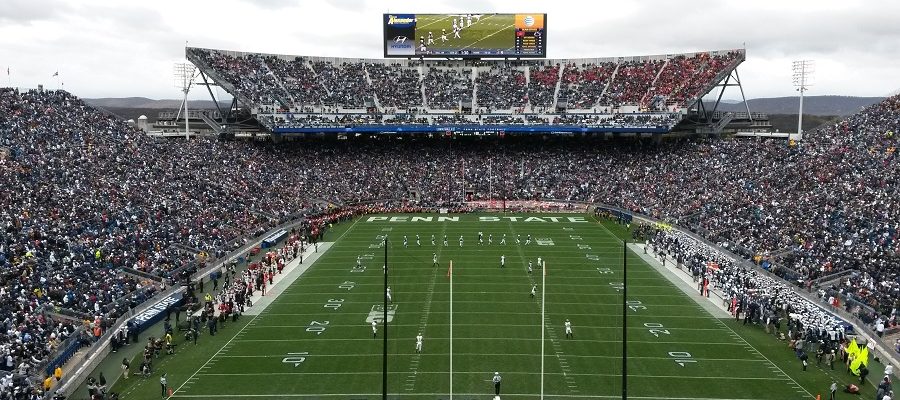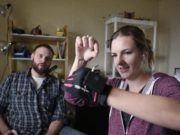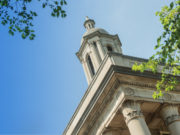Our series “On the Way To…” was created in partnership with the Pennsylvania Department of Community & Economic Development and the Pennsylvania Tourism Office. This story originally ran in August 2017.
Seven weekends a year, State College becomes the fourth largest city in the Commonwealth as Penn State University‘s football faithful make a pilgrimage to Happy Valley. While the Nittany Lions rule the hearts of the 105,000-plus diehards that pack Beaver Stadium on game day, the region provides plenty of other distractions for Centre County visitors.
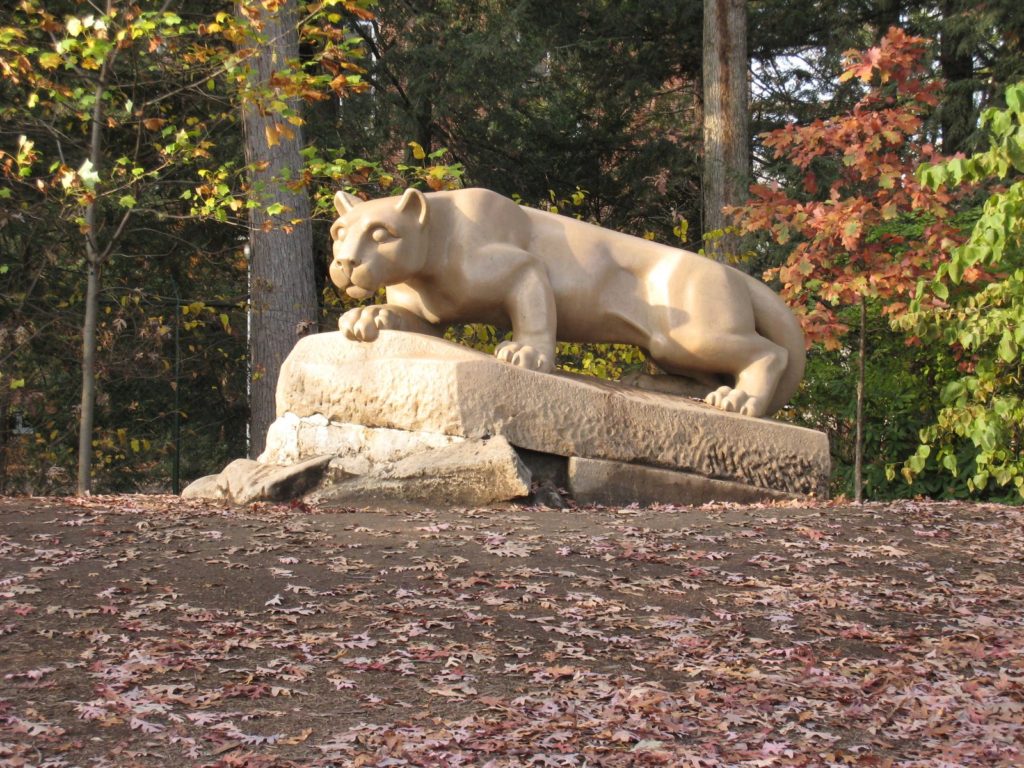
To start, the university’s 30 other Division I intercollegiate sports programs are an easier ticket and many are among the best in the nation. The women’s volleyball team is a perennial powerhouse, men’s gymnastics frequently lands gold, and fencing has made its mark as the winningest program with 13 NCAA titles.
Overall, Penn State has captured 77 national collegiate titles since 1921, the year when the NCAA was sanctioned. The school’s rich sports heritage is celebrated at the Penn State All-Sports Museum, located in the southwest corner of Beaver Stadium along Curtin Road. Billed as the largest sports museum in the Big 10 Conference, guests can view the many accomplishments of student athletes, including Olympic medalists and those who went on to storied professional careers.
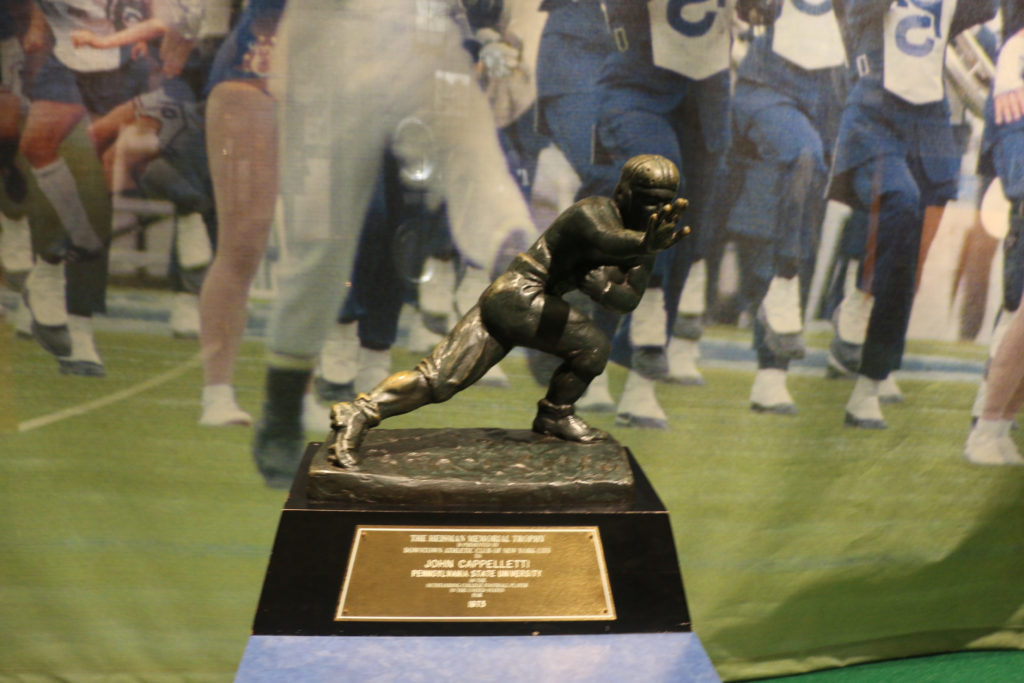
The vast memorabilia collection includes the NCAA’s first crystal football trophy, presented to Penn State for their 1986 national championship; a replica of John Cappelletti’s 1973 Heisman Trophy; and the first individual Olympic gold medal won by a Penn Stater — Horace Ashenfelter (Class of 1949) raced his way to victory in the 3,000-meter steeplechase at the 1952 Olympic games.
Billed as the largest sports museum in the Big 10 Conference, guests can view the many accomplishments of student athletes, including Olympic medalists and those who went on to storied professional careers.
Through April 2018, the museum is also commemorating the 100th anniversary of the United States’ entry into World War I. “Field to Front: Nittany Lions at War, 1917-1919” chronicles the contributions of Penn State athletes who fought in the war and follows them from training through their service in the field. Of the 2,200 students who enrolled in 1917, 800 were in uniform by year’s end.
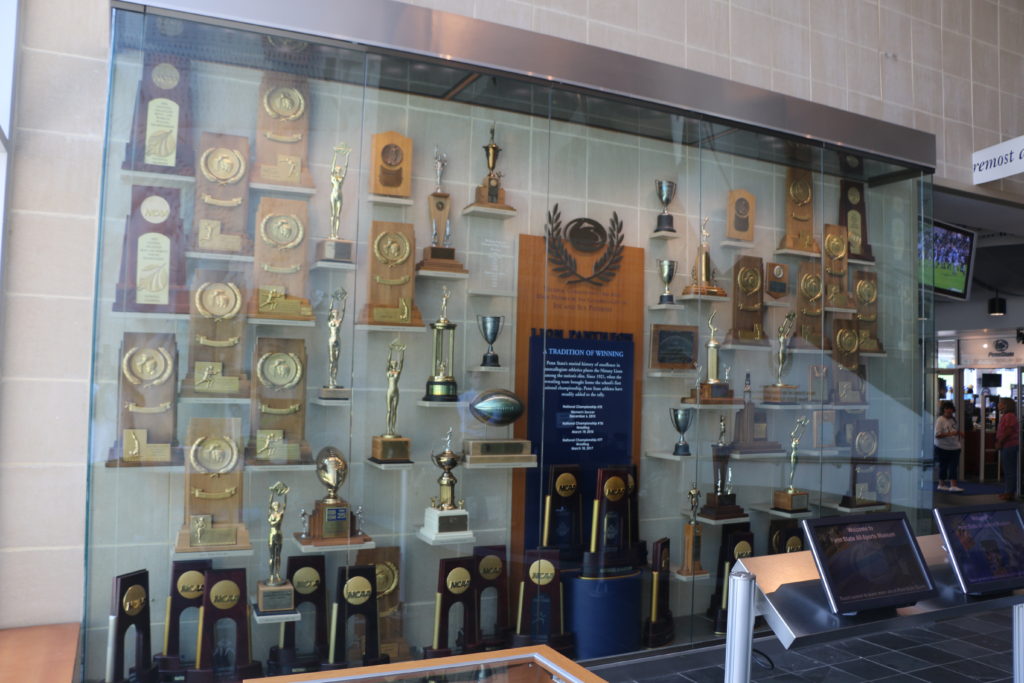
An especially moving section of the exhibit pays tribute to the eight Penn State servicemen who made the ultimate sacrifice. They will be honored during a special on-field ceremony on November 11 during Homecoming weekend.
The stories of the commonwealth’s citizen-soldiers are also told at the Pennsylvania Military Museum in Boalsburg, just four miles east of State College. The museum emphasizes the role of Pennsylvania-based units and Pennsylvanians who have served in all branches of the armed forces. A 10-minute orientation film in the museum’s auditorium sets the stage; the gallery exhibits highlight tactical warfare and wartime logistics.
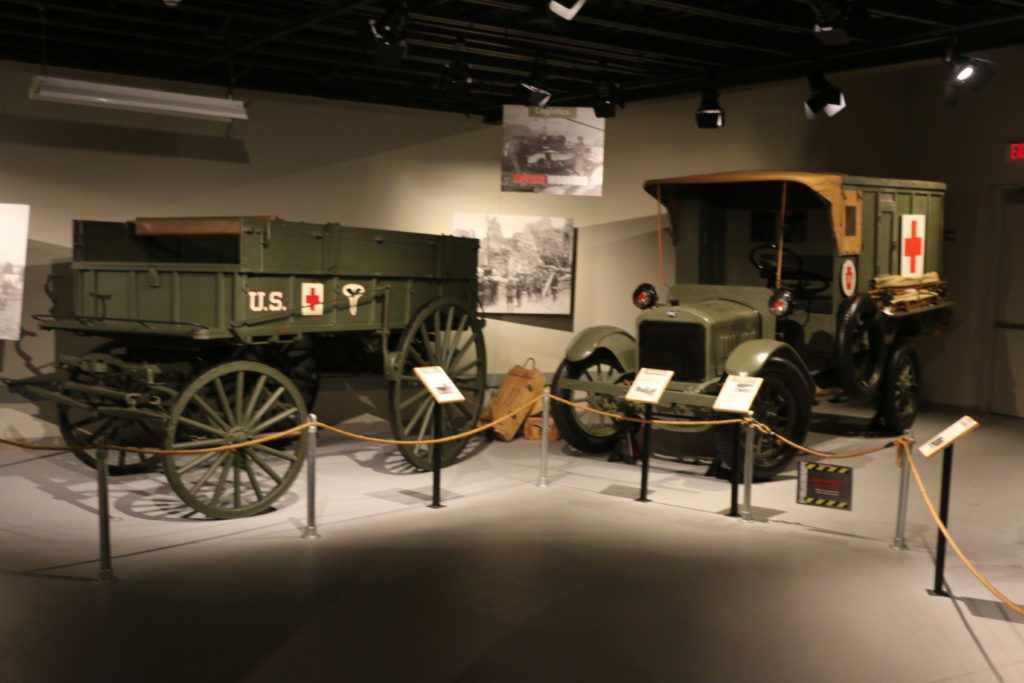
The museum’s massive collection of weapons and vehicles features horse-drawn wagons and a World War II-era jeep, built by the American Bantam Car Company in Butler, PA.
The museum sits on the 65 acres where Colonel Theodore Davis Boal trained his militia in 1916 in preparation for trench warfare in Europe. Comprised of citizens from Centre, Clearfield and Mifflin counties, his unit fought bravely on the French front. The museum has 29 monuments, including the 28th Division National Shrine that honors Pennsylvania National Guard service veterans, and the World War II wall, which bears the names of Pennsylvanians who perished in that war.

Situated along Business Route 322, the museum is hard to miss: It is adorned with brightly colored ribbons that represent medals awarded to the fallen and guarded by a camouflage Sherman tank. Two 105mm, 14-inch Howitzer cannons from the deck of the USS Pennsylvania greet guests at the complex’s entrance.
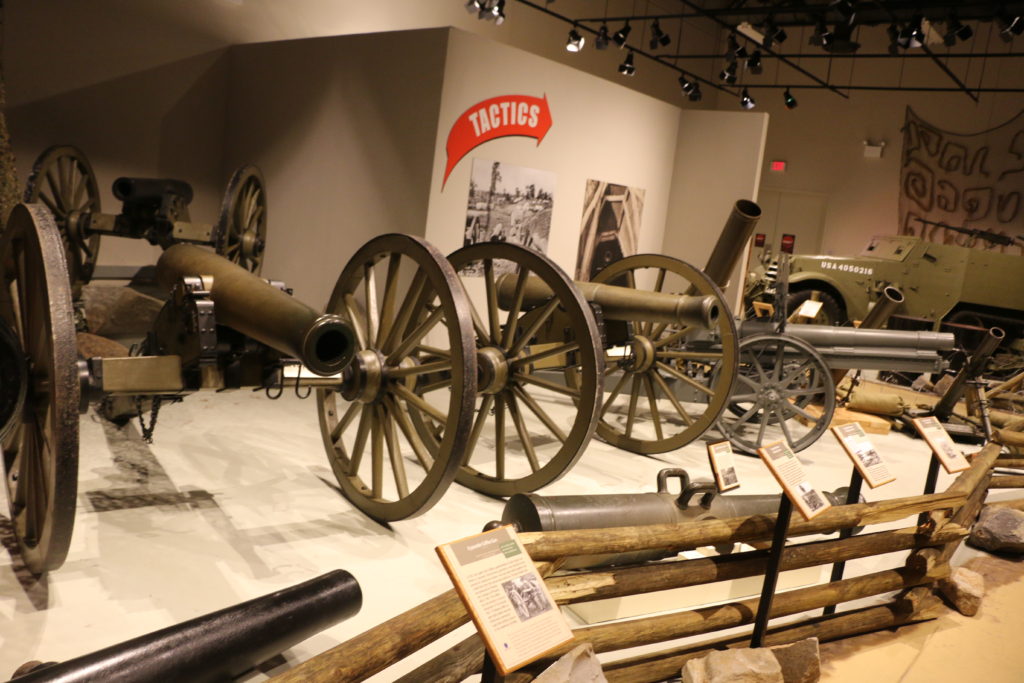
The USS Pennsylvania, dry-docked during Pearl Harbor, was involved in numerous battles in the Pacific Theatre during World War II and honored with eight battle stars and a U.S. Navy Commendation Award while in commission. An exhibit honors the ship and its crew.
For more than two centuries, eight generations of the Boal family have shaped the region. They founded Boalsburg in 1808, established Penn State University as a land grant school in 1855, created Memorial Day in 1864, and constructed the World War I memorial in 1919.
The Columbus Chapel and Boal Mansion Museum, located across the street from the military museum, celebrates that legacy. Through family ties to Christopher Columbus, the site is home to the largest collection of Columbus artifacts in the Western Hemisphere. Built in 1450, the chapel was imported from Spain and meticulously reconstructed in 1909 by Colonel Boal, who married a descendent of the renowned explorer. The chapel contains Columbus’ Admiral’s desk, 15th through 18th century European paintings and artwork, and what is believed to be two pieces of the True Cross.
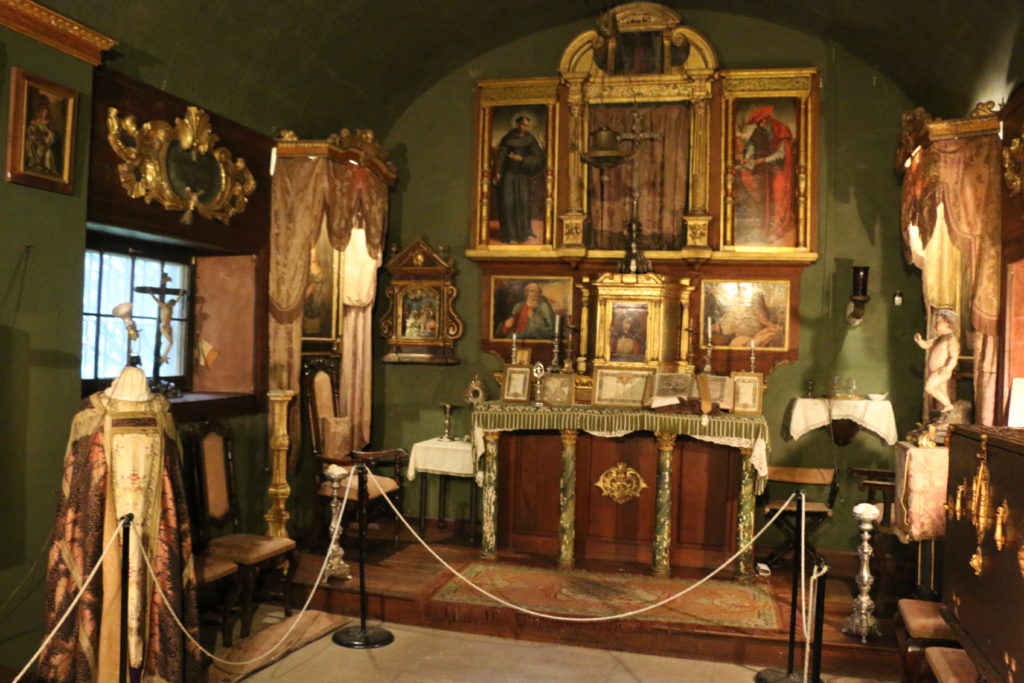
The mansion houses two centuries of authentic Boal family furnishings, fine art and artifacts, including a lock of Napoleon’s hair. A large cache of weapons and tools from medieval times through World War I, including maces and other crude weapons of primitive warfare; a French piano owned by President James Madison and his wife Dolly; and four artifacts from King’s Tut tomb that were gifted to Colonel Boal are also in the eclectic collection.
Nestled at the foot of Tussey and Nittany mountains, Boalsburg has managed to maintain its 19th century charm. Grab a map in the town square to take a walking tour of the quaint village. Downtown boasts various specialty shops and the historic Duffy’s Tavern. The wild game platter (an 8-oz. elk steak and two 6-oz. venison sausages) and the pan-roasted bison pub steak are two mouth-watering, locally sourced entrees.
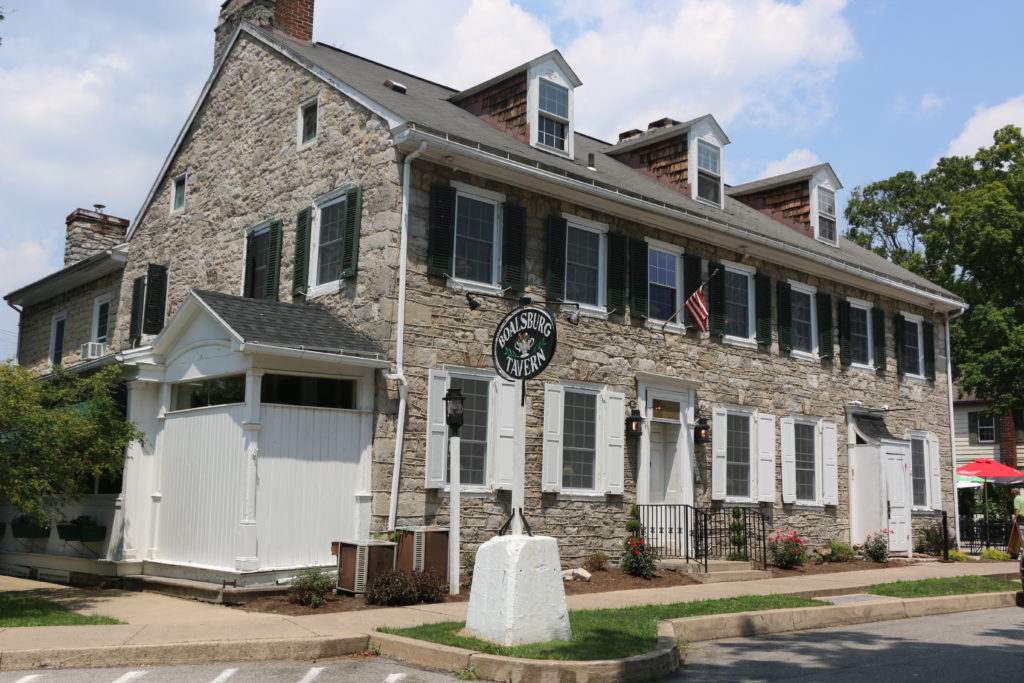
The central region of the state also has many family-friendly attractions including the Discovery Space Children’s Science Museum in State College, Historic Eagle Ironworks in Howard, Tussey Mountain All Seasons Resort near Boalsburg and Penn’s Cave and Wildlife Park, just outside of Centre Hall.
Penn’s Cave is the only all-water cavern operating in the United States. For 132 years, guests have visited the half-mile phenomenon formed more than one million years ago. A natural underground spring pumps more than 11 million gallons of water every day into the cavern. The air temperature remains a comfortable 52 degrees year-round, providing a welcome respite from the summer heat.
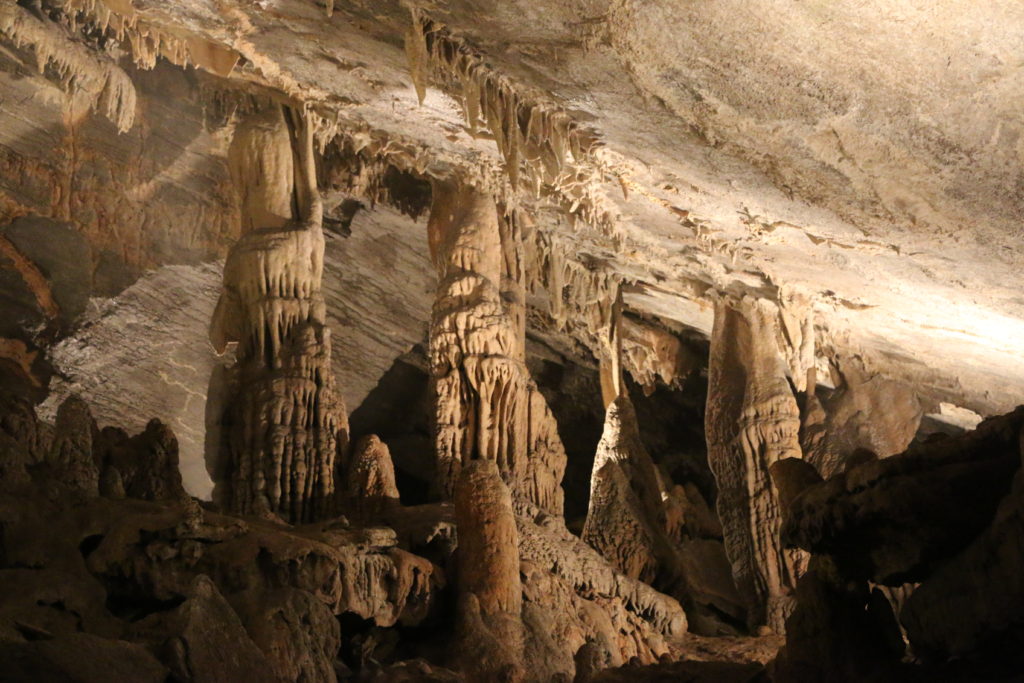
Visitors are encouraged to seek out the many “imagination formations” throughout the limestone cavern: rocks that resemble the Statue of Liberty, the Garden of the Gods, a Buddhist monk, an eagle and a lion.
The attached 1,600-acre wildlife park offers close encounters with bighorn sheep, bison, black bears, elk, mountain lions, Texas longhorn cattle, timberwolves, three species of fox and whitetail deer. Be sure to keep an eye out for the pair of bald eagles nesting on the grounds.
Other activities at Penn’s Cave include the Miners Maze, Cave Rock Mountain Tours (an off-road Jeep adventure) and gemstone panning. The gift shop sells souvenirs and the Cave Café serves bison and longhorn burgers from animals raised on the property.
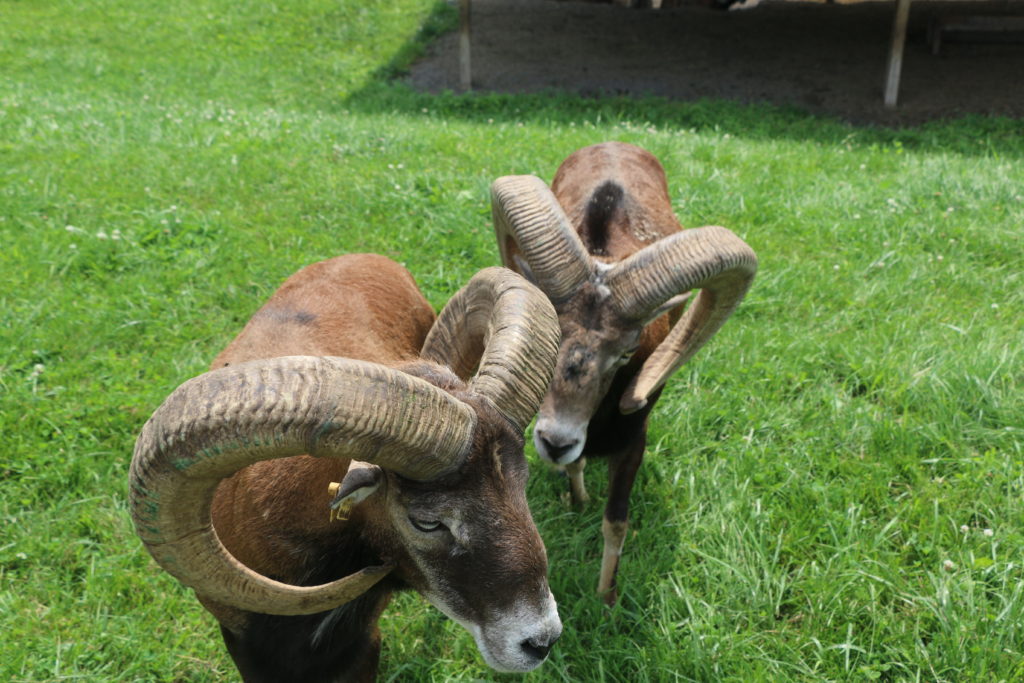
The trip to Penn’s Cave via Route 192 is worth it just for the scenery. The route is lined with bucolic farms, lush green fields and Amish farmers harvesting hay the old-fashioned way – with a team of horses and non-motorized machinery. Along the road are produce stands and family-owned shops selling homemade crafts. Soak in the picturesque views of the valley, perfectly framed by two nearby mountains running parallel to the highway.
Bellefonte, situated 12 miles northwest of State College, is a small town with a big historical legacy: It was a key stop on the Underground Railroad. The Bellefonte Art Museum is housed in a building featuring a small space that housed runaway slaves in search of freedom. “Underground Railroad: A Journey to Freedom,” a permanent exhibit at the museum, commemorates the role area residents played in the fight for freedom.
Bellefonte, located 12 miles northwest of State College, is a small town with a big historical legacy: It was a key stop on the Underground Railroad.
Another attraction — that also happens to be a place to spend the night — is the Reynolds Mansion Bed & Breakfast, a member of the National Historic Register. Built in 1885, this beautiful residence is the perfect place to kick back after a day of sightseeing, shopping or enjoying the great outdoors.
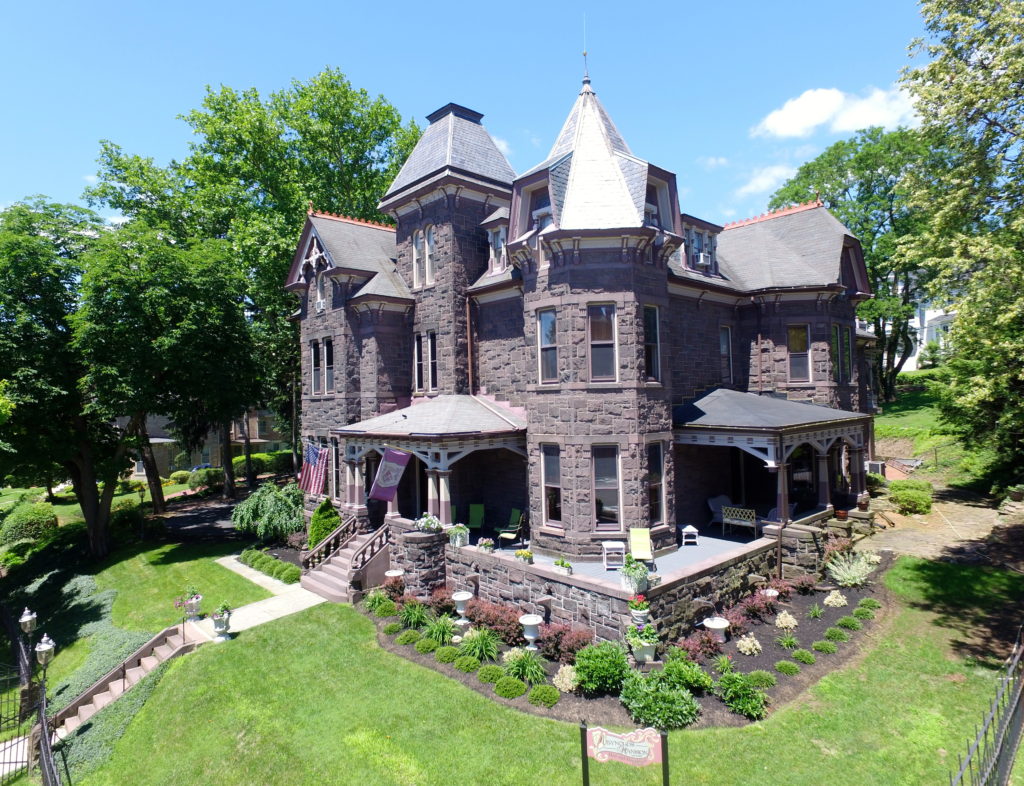
Given its deep agricultural roots and abundance of working farms, the area’s products are highlighted at many local eateries. Elk Creek Café and Aleworks in Millheim serves up smoked ham from Cow-A-Hen Farm in Mifflinburg and cheese from Stone Meadow Farm in Woodward; brews are named for local icons like Poe Paddy State Park and the area’s Great Blue Herons.
Otto’s Pub & Brewery and Barrel 21 Distillery and Dining in State College also source ingredients for their beers and spirits locally.
Another place to enjoy the things that grow in Happy Valley is the Arboretum at Penn State. In 1914, Penn State’s trustees first set aside land for an arboretum. Then in 1999, as part of the University’s master plan, 370 acres of undeveloped land immediately adjacent to the University Park campus were dedicated to the project. A $10 million gift from Charles H. “Skip” Smith and additional funds from hundreds of other donors have funded development of the arboretum, botanic gardens and a children’s garden.
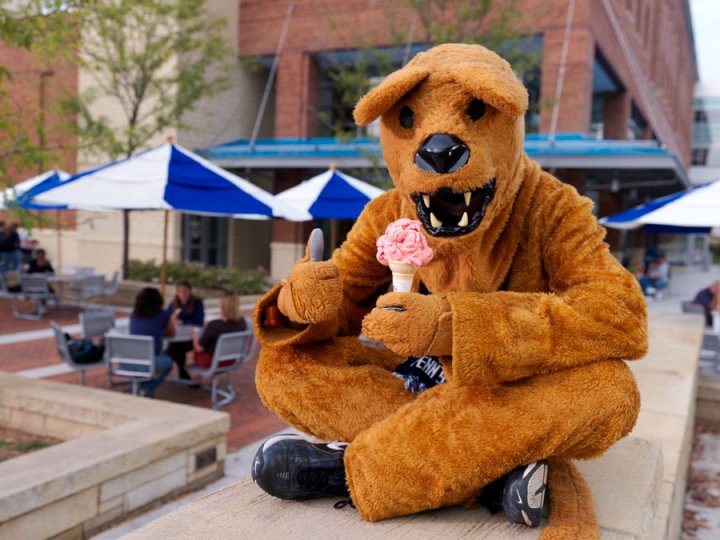
Lastly, if you’re looking to nurse your wounds after a heartbreaking loss or celebrate a big win, ice cream always works. The lines at the Penn State Berkey Creamery typically snake out the door, but service is efficient and the wait is worth it. The Creamery — which supports the teaching, research and outreach programs of the Department of Food Science, provides dairy products to students in on-campus housing, and maintains a thriving retail outlet — is the place in Happy Valley to score such delicious ice cream treats as Keeney Beany, WPSU Coffee Break and, of course, Lion Tracks.
All images by James Mentzer unless otherwise noted. Lead image courtesy of the Central PA Convention & Visitors Bureau.
